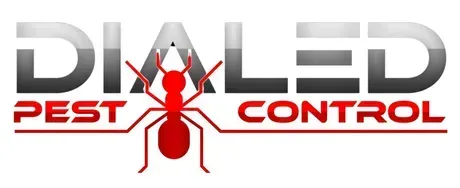Bakersfield Ant Control Services
Stop Ants from Invading Your Home
When ants infiltrate your living space, eradication can prove to be a formidable challenge. If your attempts at DIY solutions fall short, turning to Dialed's expert team ensures you receive effective ant control measures that you can rely on to safeguard your home and loved ones.
We employ a multi-barrier strategy, fortifying your defenses against stubborn ant invasions.
Our professionals possess the expertise, tools, and tactics needed to pinpoint ant colonies, tailor treatments, and provide ongoing monitoring and prevention strategies for sustained protection. Entrust your ant infestation woes to Dialed Pest Control for comprehensive pest management and peace of mind for your household.

